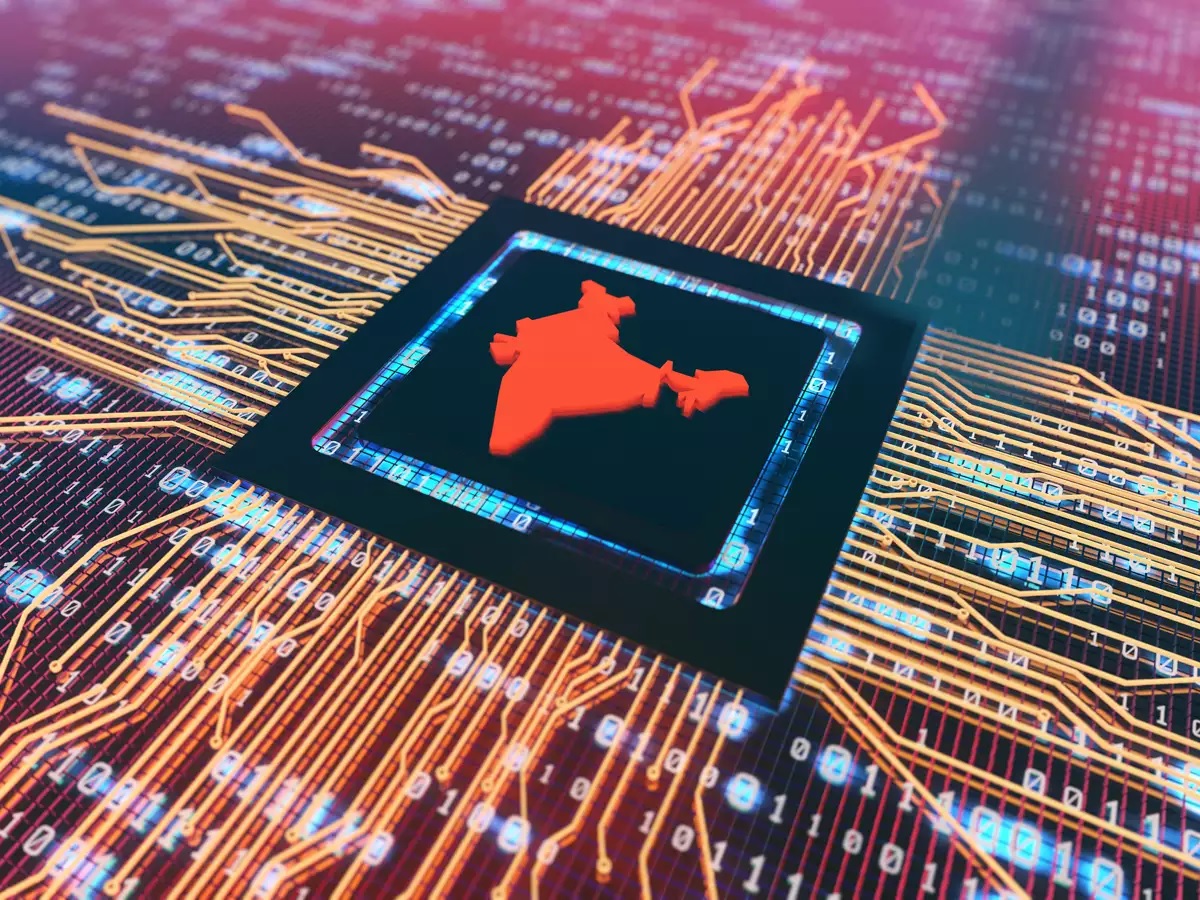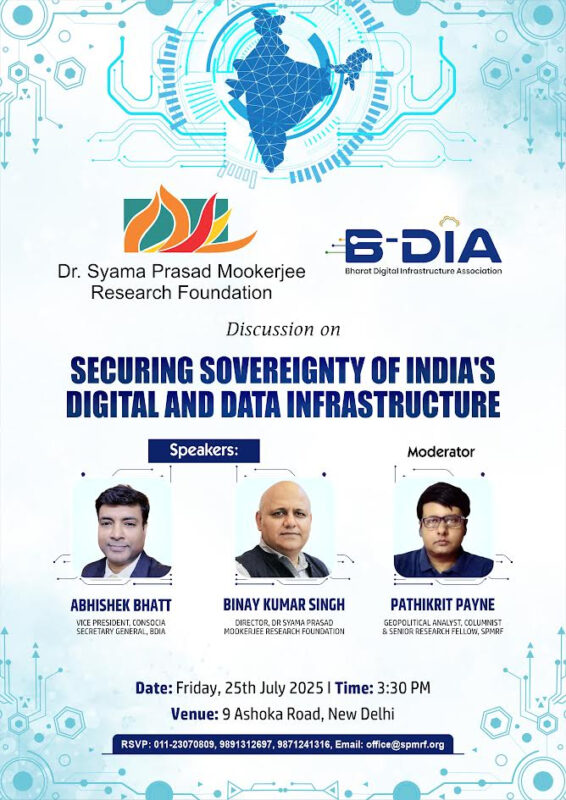Over three years ago, in 2017, the government of China launched its plan of National Champions in technology.
These were private companies who would lead China into the world of artificial intelligence. In the first phase four companies were selected by China’s Ministry of Science and Technology. These were Baidu, Alibaba Group and Tencent Holdings together knows as BAT. And fourth was iFlytek, a voice intelligence specialist company. Each was given government support and funds to focus on different applications of artificial intelligence.
More such companies in various fields have been added since then taking the total to 15 champions. The clear goal is to close the tech gap with the United States by 2030.
These champions get special support in their bids for business abroad and within China. No surprise that companies like BAT and Huawei have taken dominant market shares across the world. China deserves criticism on many matters, but we must recognize their ability to take long term strategic decisions.
It is time now that India builds on its technological foundation for self-reliance. India must accelerate on the path of technological sovereignty.
What does this mean? We are in a world where technologies like AI, connected devices of 3D printing, automation, Internet of things and drones have become fundamental to all spheres of activity. Together they form the elements of the fourth industrial revolution. Any country that does not use these technologies to create its own platforms and solutions will remain beholden to external powers.
Being atmanirbhar in technology is a critical part of protecting our economic security.
India must rapidly enhance its investments and efforts to create capabilities in several spheres.
The urgent and immediate focus has been on the pharmaceutical sectors. About 60-80% of ingredients for most pharmaceuticals are imported from China. This happened over 15 years when we allowed our manufacturing to wither away while imports increased.
But tech sovereignty means much more. While definitions vary, the objective should be to make India self-reliant on digital infrastructure. This implies that India should have control over most of the hardware and software that is deployed in businesses and governments.
Let us take some areas where the need for sovereign control is urgent. Sovereign control does not mean that the government owns or manages the digital infrastructure. It means that government should be able to regulate for the larger public good.
Data and Cyber Security
India is the world largest open market democracy. The information and data of more than a billion connected citizens should be controlled and regulated by domestic institutions. There has been a vibrant debate about data localization and privacy in the last few years. And this is what a good democracy should have. India must establish clear rules and regulations on use of data. The Data Protection legislation is still being discussed in the Parliament and hopefully a strong and sensible law will be enacted within the year. Linked to this is cyber security. From delivering cash subsidies directly to hundreds of millions to business transactions being done online. Every dimension need protection from cyber-attacks. In today’s world, cyber-attack can be more damaging than an attack on the border. While soldiers can repel attacks on our borders, cyber security requires all of us to be vigilant. The systems that are deployed should be secure and reliable. India must use software developed by Indian or friendly nations to manage cyber security. India should also work with like-minded companies for a joint effort in the same manner that we have create anti-terror coalitions.
The government and regulators are promising to create a protective environment. The Ministry of Electronics and Information Technology is partnering with non-profit industry body Data Security Council of India to create a National Centre of Excellence for cyber security innovation.
This centre will have to focus on educating and strengthening the security ecosystem as hundreds of millions join the digital mainstream in the next few years. All such steps will boost atmanirbharta over data and security.
Social and communications
A recent report by the Internet and Mobile Association of India (IAMAI) highlights the digital market in India. There are more than 500 million active internet users, of which more than 50% are in rural areas. About 14% are in the age group of 5-11 years. This means 71 million minors are online using mobiles or home Wi-Fi and many more millions are first times users of internet. All these are also vulnerable category of users.
As more and more Indians join the digital mainstream, minor and adult first-time users will be vulnerable to negative influence.
The ban on Chinese apps by Prime Minister Narendra Modi has protected these millions of users. The ban has not just deprived China of its largest overseas market but has stopped it from infiltrating the minds of Indian citizens. Chinese apps would take their data without permissions while also promoting anti-India ideas through the apps. Many of these apps also push selective information and news to users directly. As a result, China would have had direct access to hundreds of millions of citizens who are just beginning to navigate the internet.
A deeply positive development since the ban has been the rapid rise of Indian made social video apps like Roposo and Chingari which are offering safe and secure options to TikTok to domestic users.
Digital Infrastructure and manufacturing
From hardware for mobile phone communications to defence manufacturing. From payment gateways to power generation equipment. In each of these sectors, India must improve its atmanirbharta. Most of the telecom equipment in India has been coming from China. Now the tide is turning. Indian enterprises are now planning to investment in their own equipment or planning to buy from European companies which are less likely to interfere than China. The banning of Chinese giant Huawei from selling its 5G equipment in India would be an important step in this direction.
India has also moved rapidly to build its capacity in technical infrastructure for financial transactions. The National Payment Corporation of India launched the Bharat Interface for Money (BHIM) app and RuPay card payment to counter the monopolies of global giants like Mastercard and Visa. The creation of Unified Payment Interface (UPI) on which BHIM and RuPay work was an excellent step towards atmanirbharta. There were more than 1.34 billion transactions amounting to almost US$35 billion in June 2020 under UPI.
The Way Ahead
To be significantly atmanirbhar in technology, India must reform its policies, enhance investments and investment in relevant education.
The good news is that government is keenly moving ahead on all fronts. The budget announcements made by Finance Minister Nirmala Sitharaman in February 2020 indicate that the government is ready to embrace the benefits of technology in diverse roles and sectors. The focus on technology includes agriculture, textiles, urban renewal, ports and healthcare.
Phrases like internet of things and machine learning which were alien to the government are now part of official lexicon. This is an important shift for governments since it must counter the perception that higher use of technology is at the cost of employment and job creation.
“The new economy is based on innovations that disrupt established business models. Artificial intelligence, Internet-of-Things (IoT), 3D printing, drones, DNA data storage, quantum computing, etc., are re-writing the world economic order. India has already embraced new paradigms such as the sharing economy with aggregator platforms displacing conventional businesses. Government has harnessed new technologies to enable direct benefit transfers and financial inclusion on a scale never imagined before,” the budget document says.
The budget has also announced investment in the future. It has promised to set up data centre parks and a National Mission on Quantum Technologies and Applications with a fund of Rs 80 billion for a 5-year project. “Quantum technology is opening up new frontiers in computing, communications, cyber security with wide-spread applications.
It is expected that lots of commercial applications would emerge from theoretical constructs which are developing in this area,” the Finance Minister announced.
The government has also provided a much needed Rs 60 billion boost to provide rural regions with Bharat Net fibre-to-home connectivity.
Realizing the importance of artificial intelligence in managing data, the government is now ready to deploy analytics for official statistics. A new Policy on Official Statistics would use AI for data collection, integration, assessment and dissemination. Hopefully the archaic, flawed and poor data collections systems would be replaced rapidly with new AI led processes.
All these are welcome steps. However, in the post Covid world where India has committed itself to atmanirbharta, this may not be enough. President Xi Jin Ping has announced investments of more than $1 trillion in technology for China and its institutions till 2025
India needs a strategy to match this. Funds created by government of India together with global investments can be an effective way ahead. We have seen global technology giants like Google commit billions for India. With right policies, domestic and global companies will increase their investments here.
Apart from funds, India must make the most of global coalitions with like-minded countries. Indian companies like Reliance Industries are members of Open RAN Alliance. This is global coalition that is building next generation of communications platforms using open radio access networks (RAN). This alliance has an implicit aim to reduce Chinese dominance in telecom technology by developing cutting edge options. India and other countries have to create their own standards of technology to avoid being trapped in China led rules.
Investing in our technology led future is as important for our economic security as protecting our borders. Today the borders are virtual, where the power of artificial intelligence matters more than firepower of artillery. The fourth industrial revolution technologies are open and egalitarian. India must build on these to create capabilities in technology for in tune with its destiny as a global leader.
(The writer is the author of India Automated. His views are personal.)
Image Source: https://img.etimg.com/thumb/msid
(The views expressed are the author's own and do not necessarily reflect the position of the organisation)


